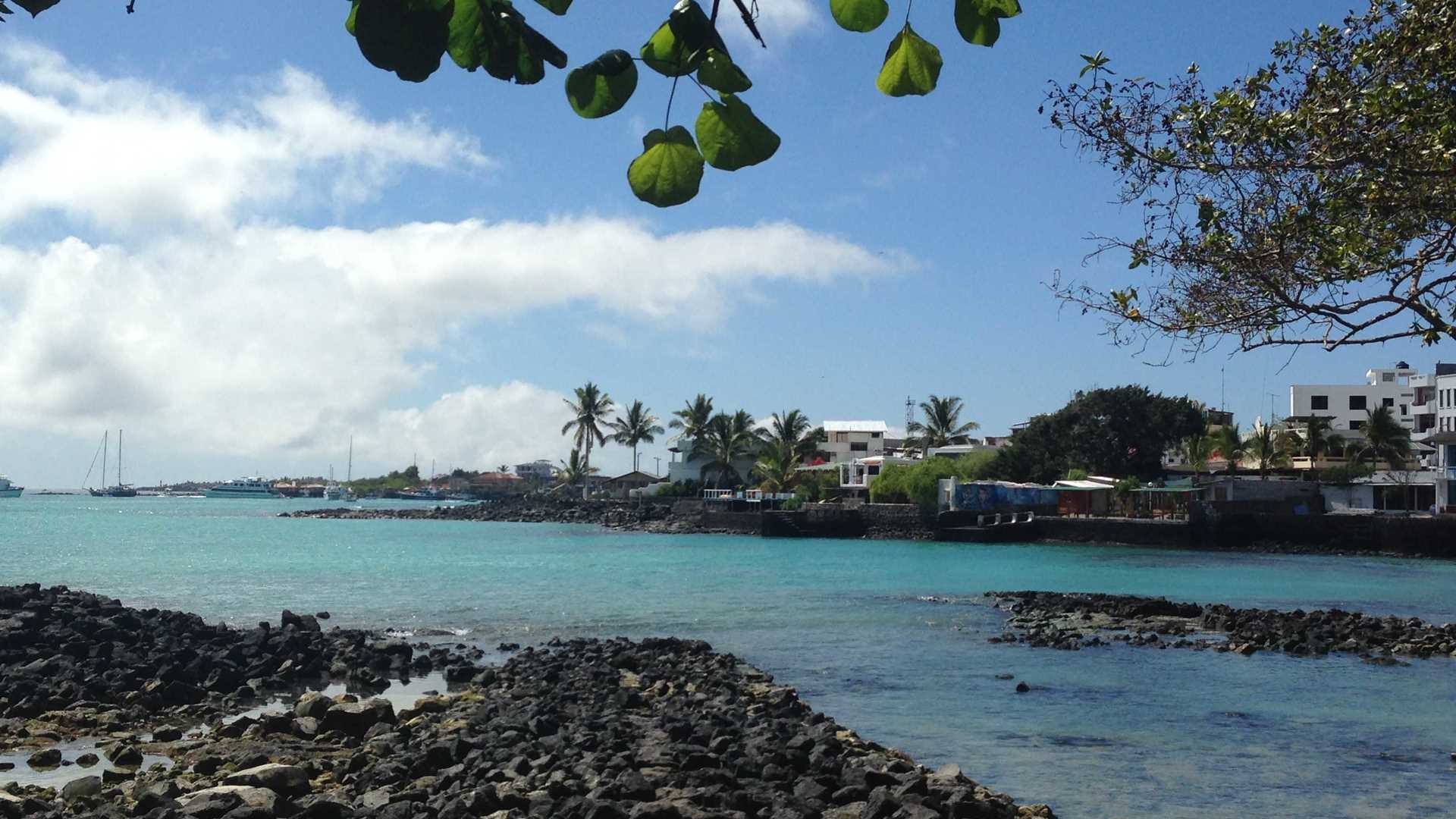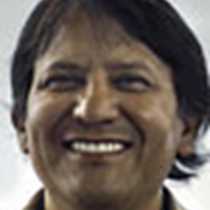The island is the second largest of the Galapagos Archipelago, with a surface of almost 1000 sq. km, and a population estimated in 20.000 people.
This is a must stop for visitors, because here are based two important organizations, the Charles Darwin Research Station and the Galapagos National Park Service, these two groups have been running several conservations projects, since 1959. One of the most important programs is the breeding in captivity of five species of giant tortoises. One of this species from the island of Espanola, was at the verge of extinction, because of its tiny population with only 14 individuals left, twelve females and two males. Nowadays the center has helped this few tortoises, to the point the population is over one thousand individuals.
After this very interesting visit, we walked through the town of Puerto Ayora, and we had the chance to see some souvenirs shops, local art and craft galleries and perhaps the main attraction in town, the fishing dock, where local fishermen bring their daily catch, here birds and sea lions are ready to still a piece.
Soon after this visit, we went to a sugar cane farm, located about 16 km from the town. At the farm we learned about the process of artisanal distillation of alcohol with the use of sugar cane fermented juice, also here we saw the making of brown sugar and organic coffee. Later on, we drove to a local country style restaurant, where we had a wonderful lunch surrounded by trees and flowers.
A couple of hours later, we started a hike to see the giant tortoises in the wild, this beautiful animals, were wondering around the forest of this place, and we end seeing more than 20 of them. It was amazing to see these giants thriving in their natural environment, were they have been through a very long time.
At the very end of the visit, we pay a visit to a lava tube, another amazing volcanic feature of Santa Cruz Island. And by 5 o’clock we went back to the National Geographic Endeavour II to enjoy the sunset.







